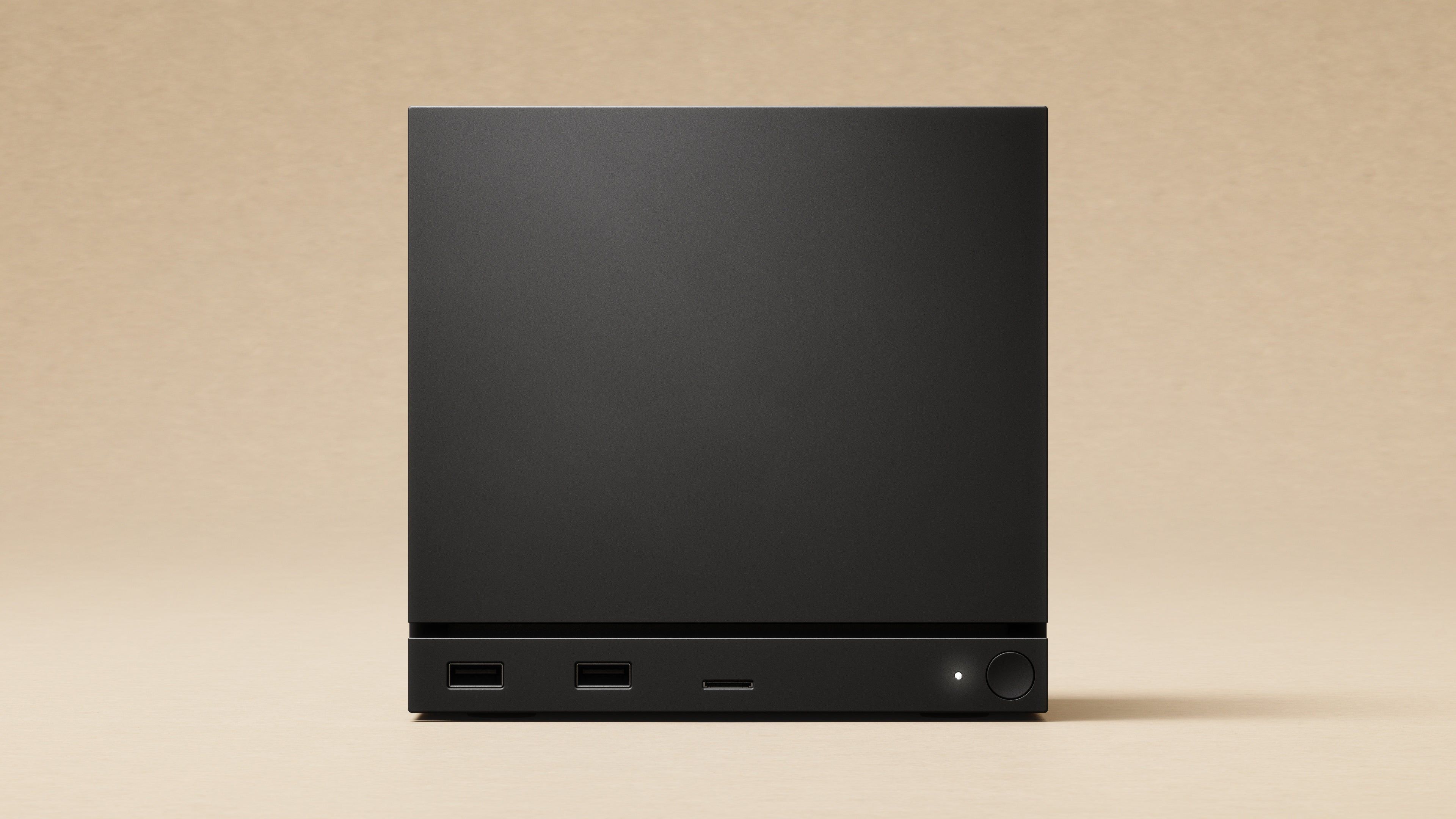Valve just dropped a living room gaming bomb that has Microsoft scrambling. The company's new Steam Machine console delivers PC gaming power in a 6-inch cube that runs SteamOS, creating the Xbox-killer that Microsoft has been trying to build for years. With pricing comparable to high-end PCs and support for most Windows games through Valve's Proton compatibility layer, this isn't just another gaming gadget - it's a direct assault on Microsoft's next-gen Xbox strategy.
Valve just delivered the knockout punch Microsoft never saw coming. The Steam Machine isn't just another gaming console - it's the living room PC that Microsoft has been chasing for decades, except it runs Linux instead of Windows.
The timing couldn't be more brutal for Microsoft. Just as the company works to combine Windows and Xbox for its next-gen consoles, Valve drops a 6-inch cube that does exactly what Microsoft's been promising. The Steam Machine packs dual AMD chips delivering Xbox Series X performance while running virtually any Windows PC game through SteamOS.
What makes this different from Valve's failed Steam Machine attempt a decade ago? The Proton compatibility layer changes everything. Where the original Steam Machines required developers to port games to Linux, this new version runs Windows titles seamlessly - often better than they perform on Windows handhelds, according to The Verge's hands-on preview.
"Steam Machine's pricing is comparable to a PC with similar specs," Valve tells developers, signaling premium pricing that mirrors Microsoft's shift away from subsidized consoles. Microsoft already hinted its next Xbox will be "a very premium, very high-end curated experience," putting both companies in the same expensive sandbox.
But here's where it gets interesting for Microsoft. The company's Xbox Ally handhelds with Asus represent Microsoft's early attempt at Windows-Xbox fusion. Problem is, it feels like beta software shipping on a $1,000 device. Microsoft essentially created Steam's Big Picture Mode for Xbox while hiding Windows' complexity - a band-aid solution that shipped far too early.
Valve's approach is the opposite. SteamOS is already a polished, controller-friendly OS with the dominant PC gaming storefront built-in. All the pieces were ready for a living room console. Microsoft, meanwhile, is still figuring out how to make Windows and Xbox play nice together.
